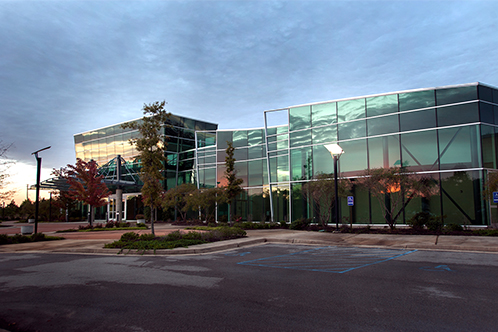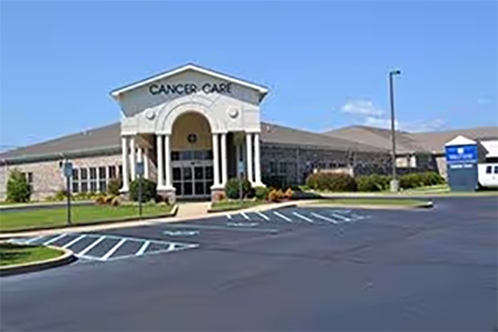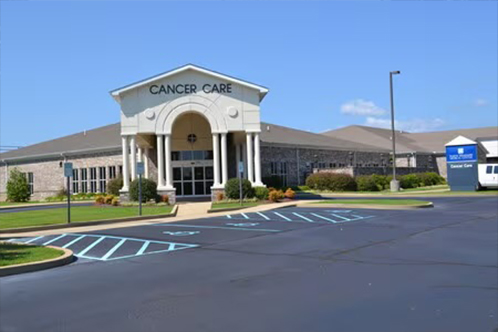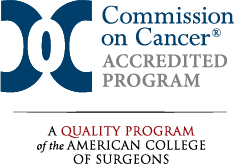- Medical Services
- Cancer Care
- Treatments
- Chemotherapy
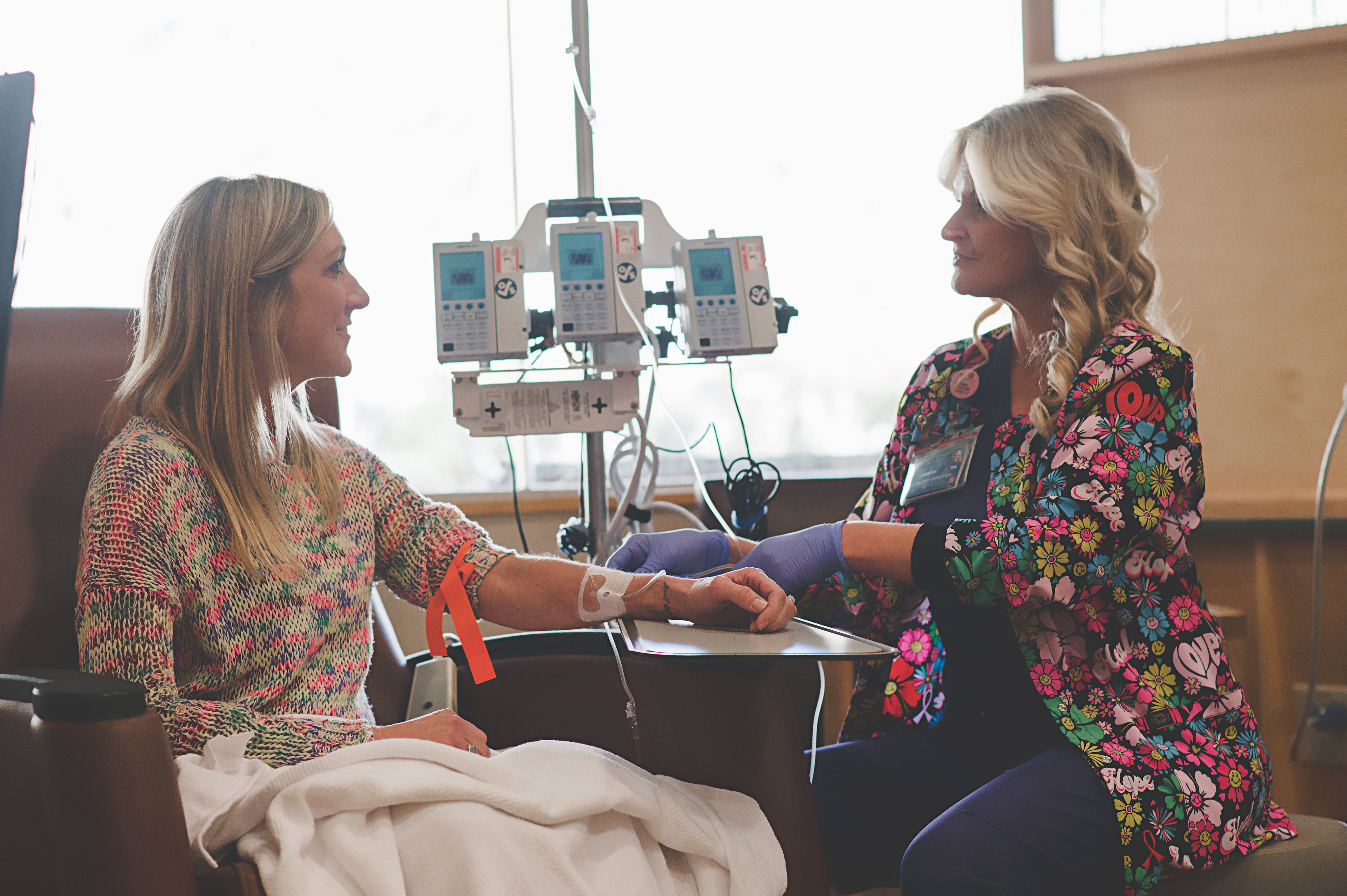
NMMC Cancer Care Chemotherapy
Our expert team of physicians, oncology nurses and pharmacists harness the most advanced treatments to tailor a chemotherapy regimen for you.
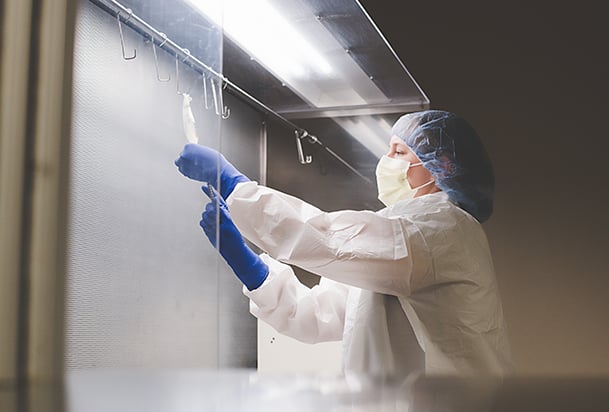
Advanced Care Tailored to You
Chemotherapy includes any treatment involving the use of drugs to kill cancer cells. In Tupelo and Starkville, our patients can access chemotherapy in the best form for their cancers.
More than half of all people diagnosed with cancer receive chemotherapy. For millions of people who have cancers that respond well to chemotherapy, this approach helps treat their cancer effectively, enabling them to enjoy full, productive lives. Chemotherapy is different from surgery or radiation treatment in that the cancer-fighting drugs circulate in the blood to parts of the body where the cancer may have spread and can kill or eliminate cancer cells at sites great distances from the original cancer. As a result, chemotherapy is considered a systemic treatment. Chemotherapy can be delivered in a number of forms:
IV (intravenous) chemotherapy is delivered through a vein; the most common.
Oral chemotherapy is delivered in pill form taken by mouth.
Injections can be used to deliver treatment to a body cavity or into a muscle.
Oncology Pharmacy
Pharmacists are a crucial part of Cancer Care, preparing treatments for our patients.
At Cancer Care outpatient infusion centers in Tupelo and Starkville, all drug therapies are prepared and dispensed by oncology pharmacists from our sterile preparation facilities.
Our oral chemotherapy medications are coordinated and provided by the NMMC Specialty Pharmacy, when needed as part of the treatment regimen. It is the first hospital-based URAC-accredited Specialty Pharmacy in Mississippi.
Frequently Asked Questions about Chemotherapy
Managing Chemotherapy Side Effects
Cancer treatments focus on killing or eradicating cancer cells. Because chemotherapy is a systemic treatment healthy organs and tissues are affected, too. These undesired consequences of damaging healthy cells is a complication of treatment or side effect. Side effects may be acute (short-term), chronic (longer-term) or permanent. When cancer treatments are evaluated, side effects are measured and reported as part of the treatment evaluation. Examples of acute side effects include nausea and vomiting, and mouth sores (mucositis). Many side effects once associated with chemotherapy are now easily prevented or controlled, allowing many people to work, travel, and participate in many of their other normal activities while receiving chemotherapy.
Related Locations
Mississippi’s only cancer center with all 5 accreditations
Patient Stories
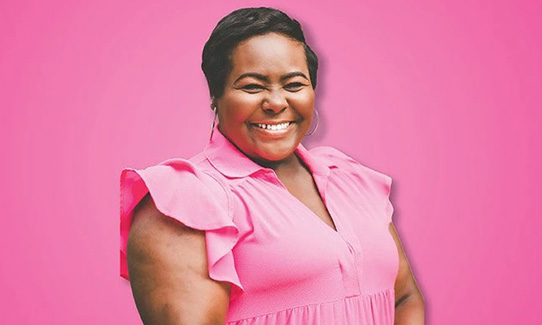
‘Never Be Too Afraid to Check it Out’
Kristie Davis was only 33 years old when she found a lump in her breast

Survivor Advocates for Colon Cancer Screening
Shannon farmer celebrates 10 years as a cancer survivor

Breathing New Life into Lung Cancer Surgery
Robotic lung surgery offers patients less pain, excellent outcomes

‘Never Be Too Afraid to Check it Out’
Kristie Davis was only 33 years old when she found a lump in her breast

Survivor Advocates for Colon Cancer Screening
Shannon farmer celebrates 10 years as a cancer survivor

Breathing New Life into Lung Cancer Surgery
Robotic lung surgery offers patients less pain, excellent outcomes
Related Resources
View AllLearn about fields connected to Cancer Care

Clinical Research
Cancer Care physicians actively contribute to research to improve care for current and future patients. Trials are available for all stages of cancer and include treatments, testing for biomarkers and lab devices.

Clinical Research
Cancer Care physicians actively contribute to research to improve care for current and future patients. Trials are available for all stages of cancer and include treatments, testing for biomarkers and lab devices.
